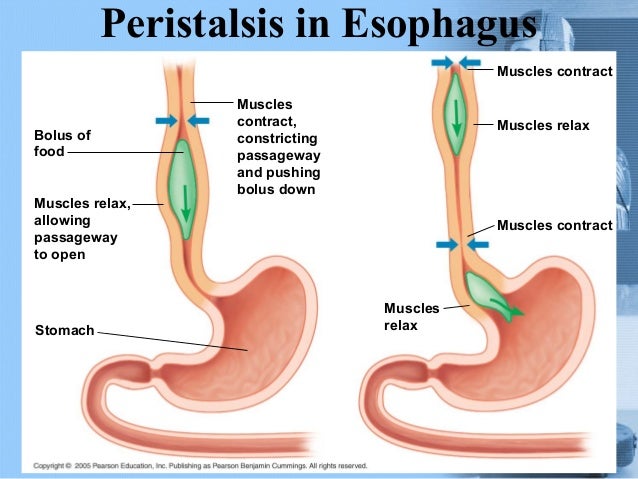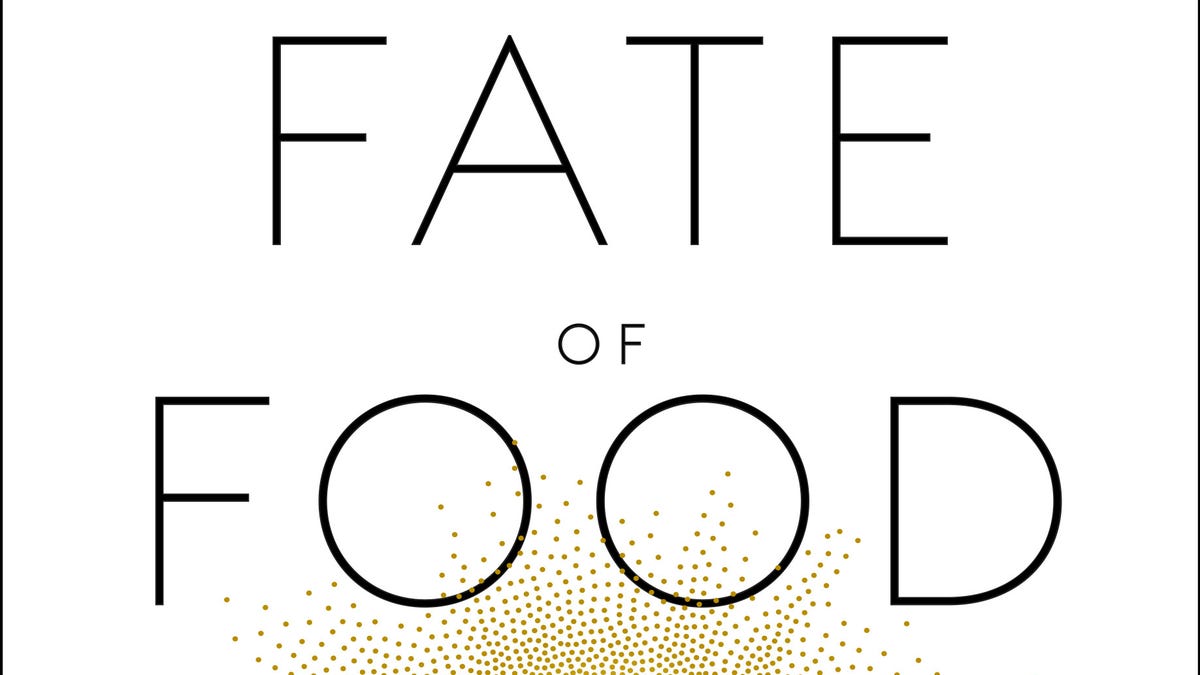Just the other day I came across an article written by a one professor who was telling his readers how eating fruit on an empty stomach is a wonder relief or say cure to cancer. Many things in there I could relate to and agree given my nutrition experience but when I reached the part that he indicated that food at a certain point rots in the stomach there by turning into acid, I was taken a back and thought I should write about what happens to food from the point we put it in the mouth and where it goes there after. For some reason I thought it was obvious until I have come across different theories from different people.
I am going to try to make this as simple as possible for everyone reading this.
Our bodies have a system that is responsible for dealing with the food and make meaning of it for the benefit of the body. This is what we call the digestive system. This system has different parts or components if I may use the term and each of them has it’s own purpose. So when food leaves your plate into your mouth, the system begins work. Once food enters the mouth, it is broken down into smaller pieces by chewing. The teeth cut and crush the food, while mixing it with saliva. This process helps to make the food soft and easy to swallow. After swallowing, the food goes down a ‘tube’ we call the esophagus and into the stomach. To keep food and liquids moving in the right direction, this tube has special muscles along its course which we call sphincters. Sphincters act like one-way valves so they relax to let food and liquid pass into your stomach and then tighten to prevent back flow, called reflux.

Internet picture
At this point food is now in the stomach. Imagine an enlarged pouch, that is what the stomach looks like although it’s shape and size varies from person to person depending on things like people’s sex and build, but also on how much they eat. At the point where the ‘tube’ coming from the mouth (esophagus) leads into the stomach, the digestive tube is usually kept shut by muscles of the esophagus and diaphragm. When you swallow, these muscles relax and the lower end of the esophagus opens, allowing food to enter the stomach. Once the food is in the stomach, it’s muscles help to mix and break the food down further by churning it around. As this is happening, it mixes this with a strong acid that the stomach produces. This kills many harmful microorganisms that might have been swallowed along with the food. It also has special chemicals we call enzymes that are important for breaking down the food so it can be absorbed by the body. You see food has nutrients in it and it is the role of these enzymes to break up this food to release these nutrients so that they can be absorbed into the body and taken to the different parts where it is needed. So what am I trying to say, food does not end in the stomach for it to ‘rot’ as some theory has it.

I think it is important to note that the absorption of these nutrients that the enzymes have released from the food (digested food) does not happen in the stomach but rather in the place where the food goes next once it leaves the stomach which is the intestines.
Intestines are divided into two parts which are the small and large intestines. Digested food is absorbed in the small intestine. What this means is that it passes through the wall of the small intestine and into the bloodstream. The blood then carries the useful substances around the body to where they are needed. Can you imagine how genius our God is! By the time the remaining contents reach the large intestine, most of the digested food has been absorbed leaving waste material that the body doesn’t need or can’t digest. This is what makes up faeces or poo, which we get rid of when we go to the toilet.

So briefly that is the fate of the food we eat from the time we put it in the mouth. So the next time you eat food, remember this is what happens to it or at least this what we expect to happen to it although we have instances when the system might malfunction at a point and we see something different for example; when someone has a heartburn, constipation or diarrhea, something has interrupted the system. That will be a story for another day though.

thank you, !!!
Thank you too